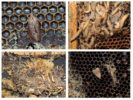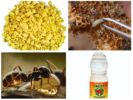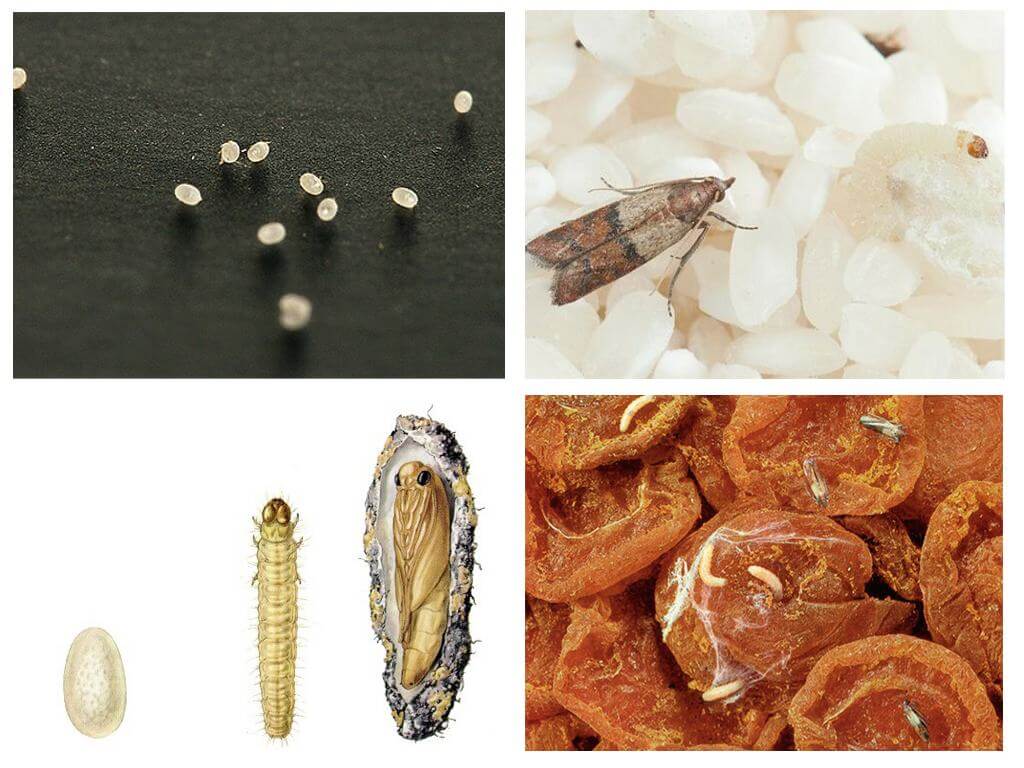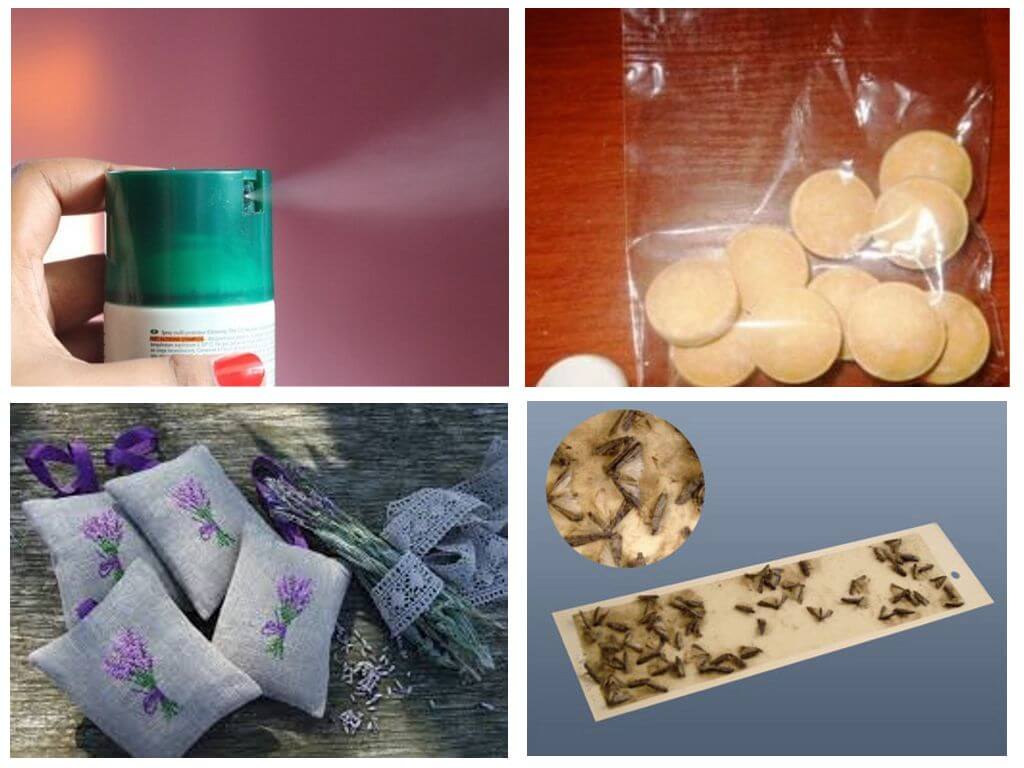- Wax moth
- Tincture of wax moth
- Wax Moth Remedies
- Folk remedies for wax moth
Oh moth
This tiny insect in a month can destroy about 2 g of wax. Absolutely inconspicuous amount, right? But no! Two grams of wax is about 600 processed honeycomb cells. When calculating the damage, it is important to remember that the parasite insect in the hive is not one. In one clutch there can be about 300 eggs. For 14 days of life, the female is able to make about 5 clutches. Having made simple calculations, it is clear why it is urgent to get rid of such a pest.
An adult insect does not directly harm the bees, because it does not even have a mouthpart. She lives due to previously accumulated reserves. Its main function and harm is laying eggs in the crevices of the hives.
Important!
Moth loves dry heat, most often it is found in regions located high above sea level.
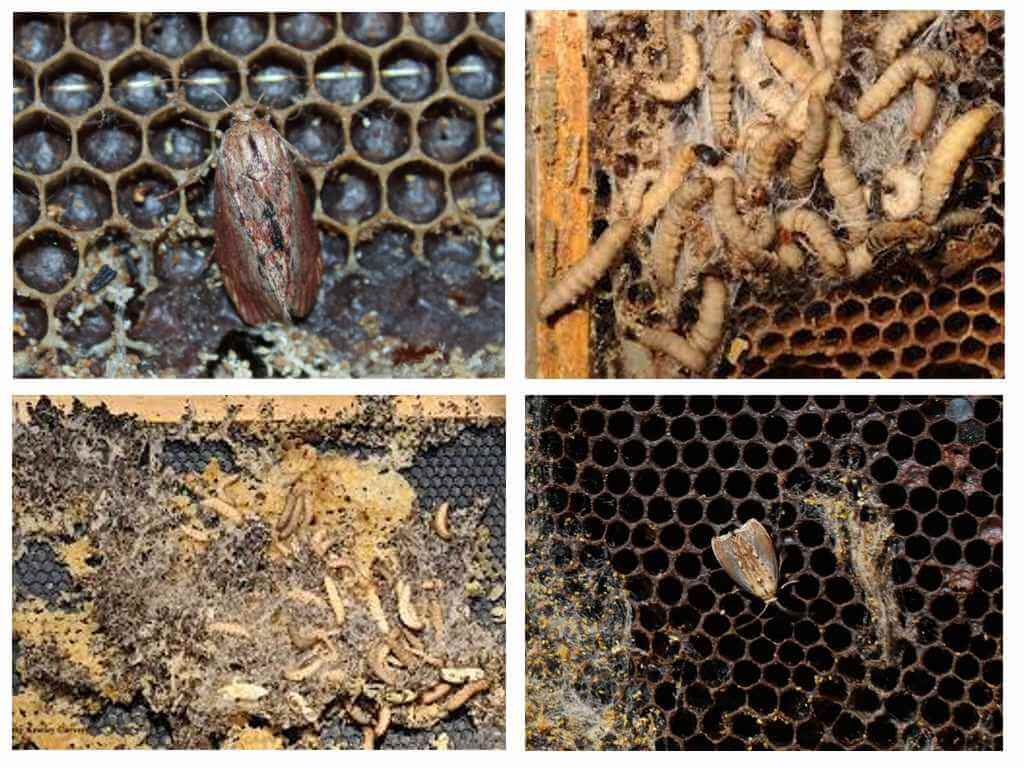
The fight against wax moth should begin with the study of information about it. So, two types of insect lay larvae in the hive: small and large. Their eggs can be found in litter at the bottom of the hive, in the crevices of the walls, in cells and raw materials for wax. Three generations of moths can be replaced in one season. The insect spends winter in the pupal stage.
Over time, eggs appear moth caterpillars. They make moves along the honeycomb in various directions, enveloping their paths with cobwebs. The web clogs the honeycomb, preventing the bees from folding honey. These actions destroy cell cells. Gradually, the honeycomb collapses, filling with cobwebs and feces of the caterpillar. Discharge of the parasite pollutes the air, forcing the bees to leave their native hive.
Interesting!
Strong, well-developed families are able to deal with single pests on their own. Working bees simply tear to pieces of the discovered "guest". However, not every bee family has the potential for this level of development.
Beneficial features
Before fighting wax moth, it is important to find out that not only harm can be obtained from it. Main the benefits of wax moth for a person:
- Of larvae make tincture of wax moth and creams for treatment;
- Preparations from moth larvae contribute to the healing of wounds and burns;
- Means are used to treat tuberculosis, bronchitis, heart disease.
If the breeding of larvae takes place under control, useful preparations can be prepared from them. So, several larvae can be poured with a glass of vodka and insisted for 14 days.
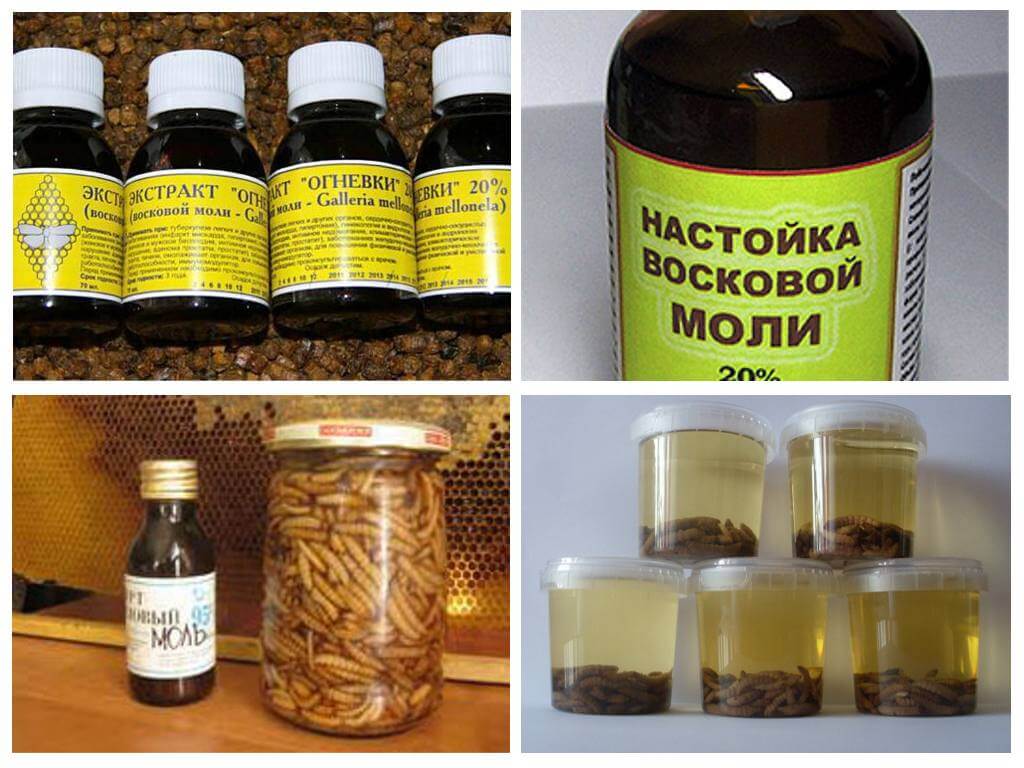
Preventative measures
In order not to think about how to get rid of the wax moth in the hive, it is important to protect it from the parasite. Keep the hive and apiary clean. The houses for bees themselves must be neat, healthy. The order of the third part of the honeycombs must be replaced annually with new ones.Damaged are subject to mandatory destruction.
To get rid of moths, you can use dry grass, the smell of which the pest does not like. So, in the hive you can put the dried immortelle, peppermint, wormwood, black root and the like.
Important!
A fairly effective prevention is growing in the apiary repellent wax moth plants: geranium, wormwood, hops, oregano and mint.
Some beekeepers place moth baits in which there is a honey mixture with water and yeast. In such traps, the mole sinks.
If one hive is infected, it is possible to prevent the larvae from crawling into neighboring buildings by digging grooves around the hive and filling it with water.
Fighting a Moth in a Hive
Beekeepers use various methods of combating wax moth, which can conditionally be divided into chemical and physical. Often used and folk methods.
Physical methods
If the moth has settled in the hives, the fight must begin immediately.
The infected cells must be placed for 2-4 hours in the cold (below 10 degrees) or for an hour in the heat (above 50 degrees). It is necessary to influence all metal parts of the hive: they are burned with a blowtorch.
Chemical methods
When choosing this method, the beekeeper chooses a chemical agent for wax moth. In the store you can choose various options:
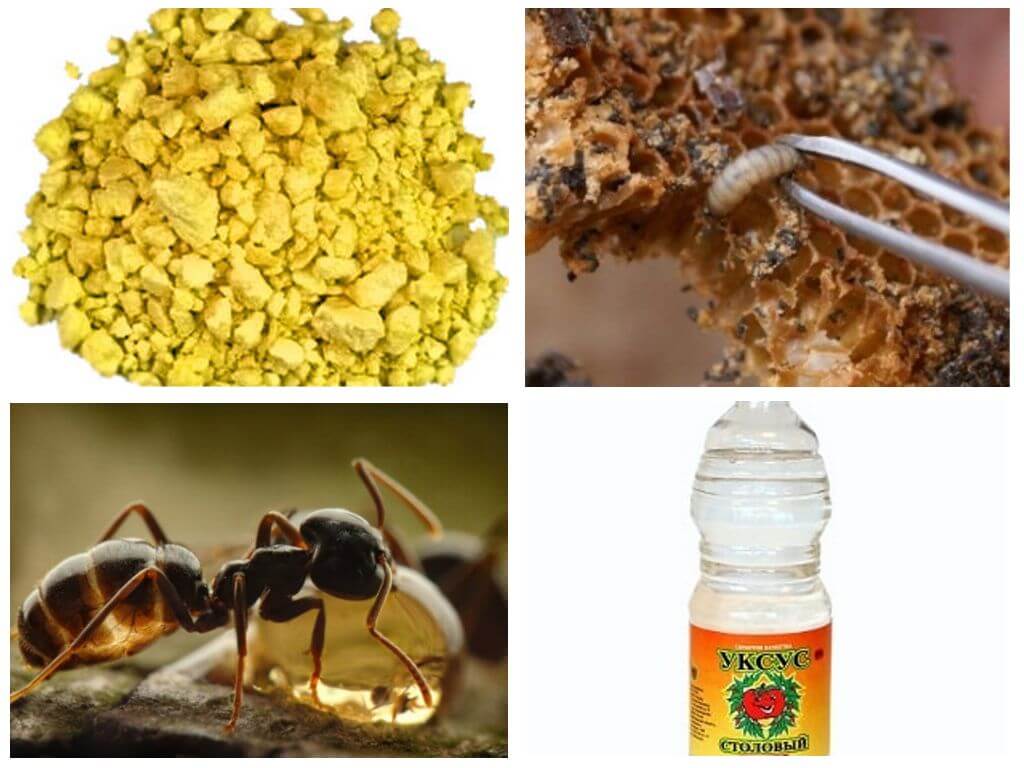
- Formic acid. In order to process hives, it is necessary to allocate a separate area. Each body is treated with 14 ml of acid. After 10 days, the process should be repeated. After this, the honeycomb is aired for about a week;
- Sulphur dioxide. About 50 g of sulfur is burned per square meter of the room. Hives must be handled indoors. Repeat the procedure approximately every 2 weeks. Working with this substance requires caution. Processing should be carried out in a respirator, immediately after the procedure leave the room. Before using it again, careful ventilation is required;
- Vinegar. An 80% solution in an amount of 200 ml per hive is required. Act similarly to the formic acid method. Only the treatment itself lasts 3-6 days, and airing only a day;
- Ascomolin. The honeycombs remain in the hive, on top of which is attached the material in which the material is placed (about 10 tablets per frame). The case is tightened with a film, left for a day. After 24 hours, the honeycomb can be used;
- Paradichlorobenzene - "anti-mole". This drug is placed between honeycombs, 150 g per cubic meter. This treatment lasts a week, after which as many cells should be ventilated.
On a note!
Biological preparations from wax moths, such as Biosafe and Entobacterin, are no less effective.
Folk ways
Very often beekeepers destroy wax moth with the help of folk remedies. They are not as effective as chemicals, but they are understandable, accessible to everyone and safe for bees.
The main principle of action is scaring away by smell. To do this, apply:

- Peppermint
- Hop;
- Oregano;
- Garlic;
- Sagebrush;
- Elderberry;
- Walnut sheets.
You can use them both in the “cocktail”, and in turn, choosing the most effective tool.
